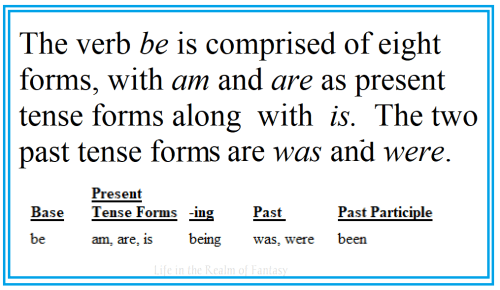 It can take me several years to get a novel out of my head and into print. I write, rewrite, consider it done, and rewrite it again. Why does it take so long to write even a short story? How is it that I can write a short story in a day or two but work on it for years, trying to get it just right?
It can take me several years to get a novel out of my head and into print. I write, rewrite, consider it done, and rewrite it again. Why does it take so long to write even a short story? How is it that I can write a short story in a day or two but work on it for years, trying to get it just right?
Prose.
I always begin with an excess of prose—don’t ask me why. It just is.
When I begin a project the words fall out of me in the form of “writers’ shorthand.”
I “tell” myself the story. Then, after it has sat for a while, I have to take each instance of hokey clichés, lurid description, and nonessential background information and rewrite. All of that bad writing is, for me, a framework to hang the real story on.
I make radical, surgical changes. Sometimes it takes three or four completely new versions of a story before the one that really works emerges.
A few substantive things that might change in the revision process:
- Character names.
- Place names.
- Which character the protagonist actually is.
These changes happen because of logic—if the plot isn’t logical, the story fails.
But also, the prose will undergo major surgery.
I mentioned that a first draft is a “telling” draft. The prose in that draft has to be reshaped so it is a “showing” draft. The big bugaboo my writing group helps me most with is my tendency to not see the passive phrasing in my own work. The area I am working on improving right now is my reliance on the forms of “be.”
Did you know there are eight forms of the word be? I use all of them too regularly, which creates passive phrasing that is seriously difficult for me to detect. Finding and rewriting passive prose is why all my work takes so long to get into its final form. Fortunately, I have a writing group to help me down that path.
 These verb forms are insidious because they are necessary. We can’t write without them. However, they are easy to rely on. We can overuse them to tell ourselves the story. In doing so, we create prose that holds the reader slightly away from the story, making them an observer rather than a participant.
These verb forms are insidious because they are necessary. We can’t write without them. However, they are easy to rely on. We can overuse them to tell ourselves the story. In doing so, we create prose that holds the reader slightly away from the story, making them an observer rather than a participant.
Some literary fiction is written to intentionally make the reader an observer of the human condition. This is work that requires the reader to think about the ideas and events, perhaps even to learn something. Readers deliberately seek out this kind of literature because it is challenging to read.
However, genre work is intended to be an immersive adventure, with active prose that draws the reader into that world. The reader must see the world and the events as if they are the protagonist. Through active prose, the reader becomes a participant. They may learn some things about the human condition, but they won’t consciously realize it and didn’t seek it out.
So, now you know what I am working on improving in my writing journey. The ability to write active prose in a first draft is one some of my favorite authors were born with. Others, like me, must develop it and sometimes it takes me four or five drafts before it’s done right.








Shakespeare only had two be.
LikeLiked by 1 person
David – I expected that from the Professor! You just cracked me up.
LikeLiked by 1 person
No one is born with that, they just worked on it sooner. 🙂
LikeLiked by 2 people
😀
LikeLike
Reblogged this on Chris The Story Reading Ape's Blog.
LikeLiked by 1 person
Thank you Chris ♥ A big hug to you!
LikeLike
I think you are in very good company weeding out “be’s”. They are the dandelions of prose 🙂
LikeLiked by 1 person
♥
LikeLike